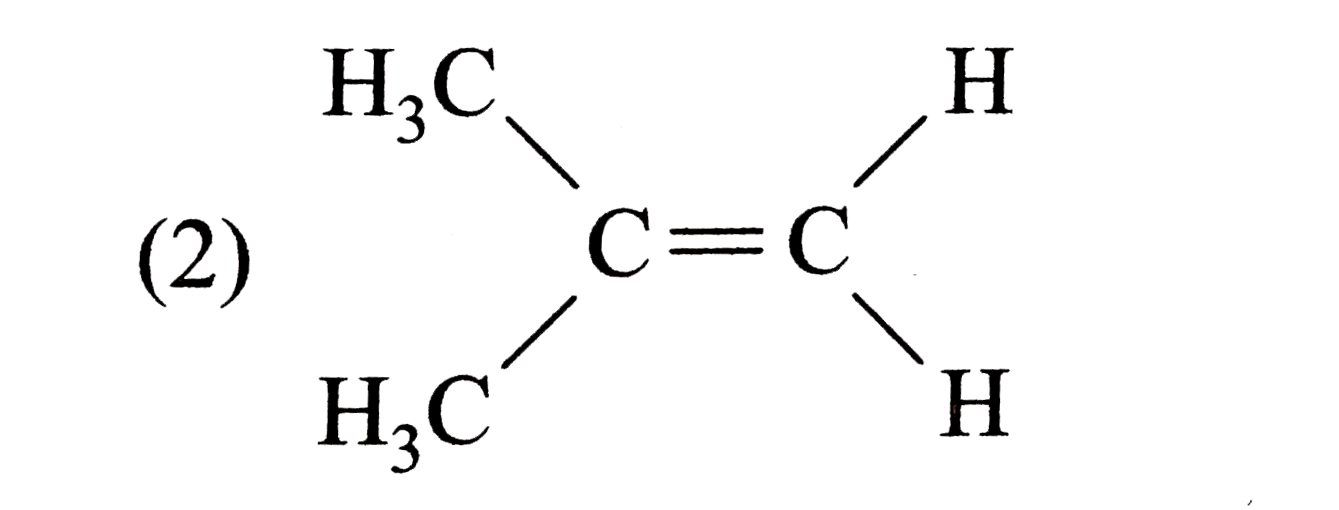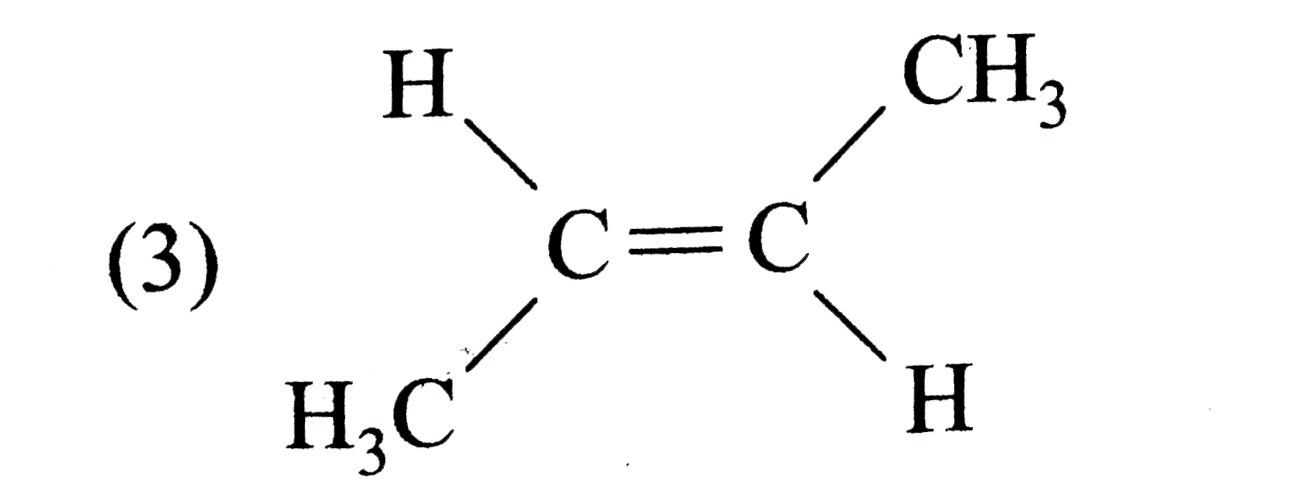Out of the Chloromethane and Fluoromethane , which one is has higher dipole moment and why?
To determine which compound, chloromethane (CH3Cl) or fluoromethane (CH3F), has a higher dipole moment, we can follow these steps:
Step 1: Identify the Structures
- Chloromethane (CH3Cl): The structure consists of a carbon atom bonded to three hydrogen atoms and one chlorine atom.
- Fluoromethane (CH3F): The structure consists of a carbon atom bonded to three hydrogen atoms and one fluorine atom.
Step 2: Understand Electronegativity
- Electronegativity Values:
- Fluorine (F) has a higher electronegativity (approximately 4.0) compared to chlorine (Cl), which has an electronegativity of about 3.0.
- This means that the bond between carbon and fluorine will have a stronger dipole moment directed towards fluorine than the bond between carbon and chlorine.
Step 3: Analyze the Dipole Moments
- Dipole Moment Definition: The dipole moment (μ) is defined as the product of the charge (q) and the distance (r) between the charges: μ = q × r.
- In CH3F, the dipole moment is directed towards fluorine, while in CH3Cl, it is directed towards chlorine.
Step 4: Consider Bond Lengths
- Bond Lengths: The bond length between carbon and fluorine is shorter than the bond length between carbon and chlorine due to the larger size of chlorine compared to fluorine.
- Although the dipole moment for the C-F bond is stronger due to higher electronegativity, the shorter bond length in CH3F affects the overall dipole moment.
Step 5: Resultant Dipole Moment Calculation
- Resultant Dipole Moment: The overall dipole moment of a molecule is the vector sum of all individual dipole moments.
- In CH3Cl, the larger size of chlorine contributes to a longer distance, which can lead to a higher overall dipole moment despite the lower electronegativity.
Conclusion
- Comparison: When comparing the two, CH3Cl (chloromethane) has a higher dipole moment than CH3F (fluoromethane) because the larger size of chlorine leads to a greater distance contributing to the dipole moment, despite fluorine being more electronegative.
Final Answer
Chloromethane (CH3Cl) has a higher dipole moment than fluoromethane (CH3F) due to the larger size of chlorine, which results in a greater distance contributing to the dipole moment.
---
- Chloromethane (CH3Cl): The structure consists of a carbon atom bonded to three hydrogen atoms and one chlorine atom.
- Fluoromethane (CH3F): The structure consists of a carbon atom bonded to three hydrogen atoms and one fluorine atom.
- Electronegativity Values:
- Fluorine (F) has a higher electronegativity (approximately 4.0) compared to chlorine (Cl), which has an electronegativity of about 3.0.
- This means that the bond between carbon and fluorine will have a stronger dipole moment directed towards fluorine than the bond between carbon and chlorine.
- Dipole Moment Definition: The dipole moment (μ) is defined as the product of the charge (q) and the distance (r) between the charges: μ = q × r.
- In CH3F, the dipole moment is directed towards fluorine, while in CH3Cl, it is directed towards chlorine.
- Bond Lengths: The bond length between carbon and fluorine is shorter than the bond length between carbon and chlorine due to the larger size of chlorine compared to fluorine.
- Although the dipole moment for the C-F bond is stronger due to higher electronegativity, the shorter bond length in CH3F affects the overall dipole moment.
- Resultant Dipole Moment: The overall dipole moment of a molecule is the vector sum of all individual dipole moments.
- In CH3Cl, the larger size of chlorine contributes to a longer distance, which can lead to a higher overall dipole moment despite the lower electronegativity.
- Comparison: When comparing the two, CH3Cl (chloromethane) has a higher dipole moment than CH3F (fluoromethane) because the larger size of chlorine leads to a greater distance contributing to the dipole moment, despite fluorine being more electronegative.
Chloromethane (CH3Cl) has a higher dipole moment than fluoromethane (CH3F) due to the larger size of chlorine, which results in a greater distance contributing to the dipole moment.
Topper's Solved these Questions
- SAMPLE PAPER 2023 TERM IBOOK - CBSE MODEL PAPERCHAPTER - SAMPLE PAPER 2023 TERM IEXERCISE - SECTION D
6 Videos
- SAMPLE PAPER 2023 TERM IBOOK - CBSE MODEL PAPERCHAPTER - SAMPLE PAPER 2023 TERM IEXERCISE - SECTION E
7 Videos
- SAMPLE PAPER 2023 TERM IBOOK - CBSE MODEL PAPERCHAPTER - SAMPLE PAPER 2023 TERM IEXERCISE - SECTION E
7 Videos
- SAMPLE PAPER 2022 TERM IIBOOK - CBSE MODEL PAPERCHAPTER - SAMPLE PAPER 2022 TERM IIEXERCISE - SECTION-C
5 Videos
- SAMPLE QUESTION PAPER (CHEMISTRY )BOOK - CBSE MODEL PAPERCHAPTER - SAMPLE QUESTION PAPER (CHEMISTRY )EXERCISE - SECTION D
1 Videos
Similar Questions
Knowledge Check
Which has zero dipole moment
ACis-2-buteneBTrans-2-buteneC1-buteneD2-methyl-1-propeneWhich has the highest dipole moment?
A B
B C
C D
D
Which substance has a dipole moment ?
ACCl4BCH2Cl2CC2Cl2DC2Cl4
Which of the following has highest dipole moment ?
View SolutionWhich of the following has highest dipole moment?
View SolutionOut of the following which has highest dipole moment?
View SolutionWhich of the following compound has zero dipole moment?
View SolutionThe molecule which has zero dipole moment is
View Solution
